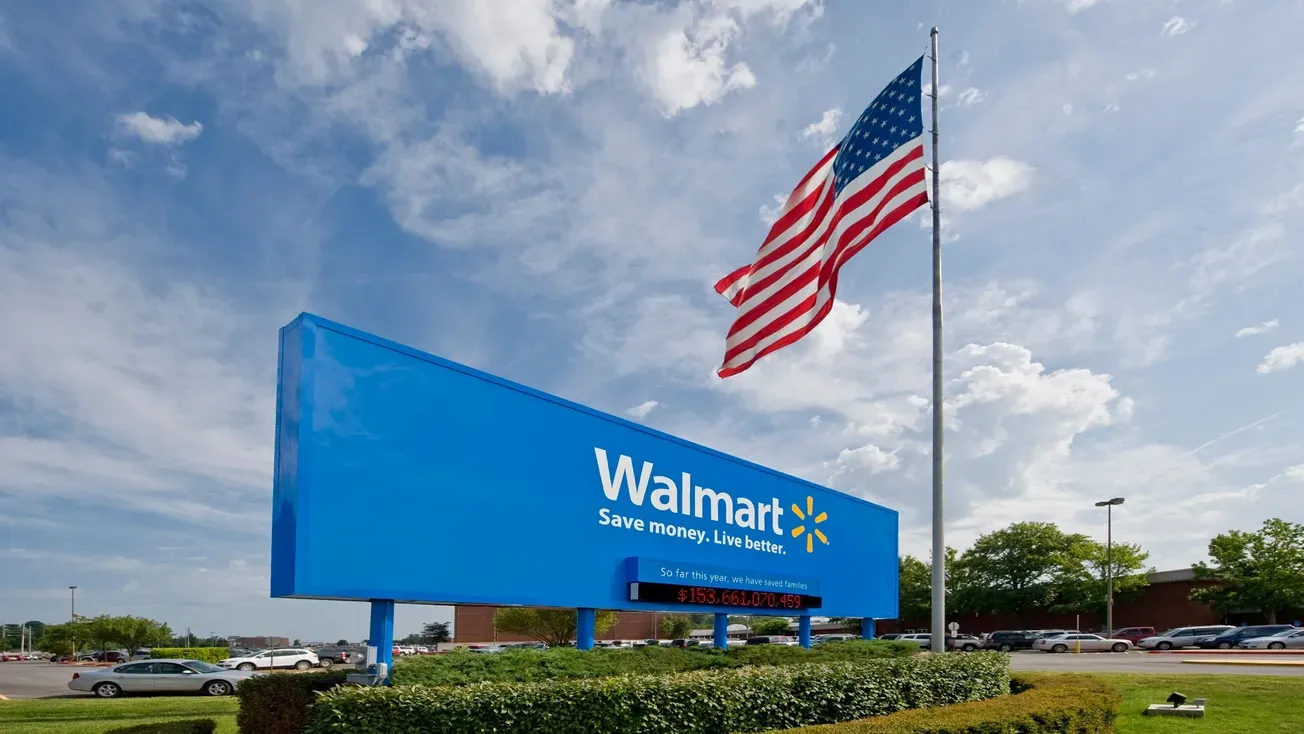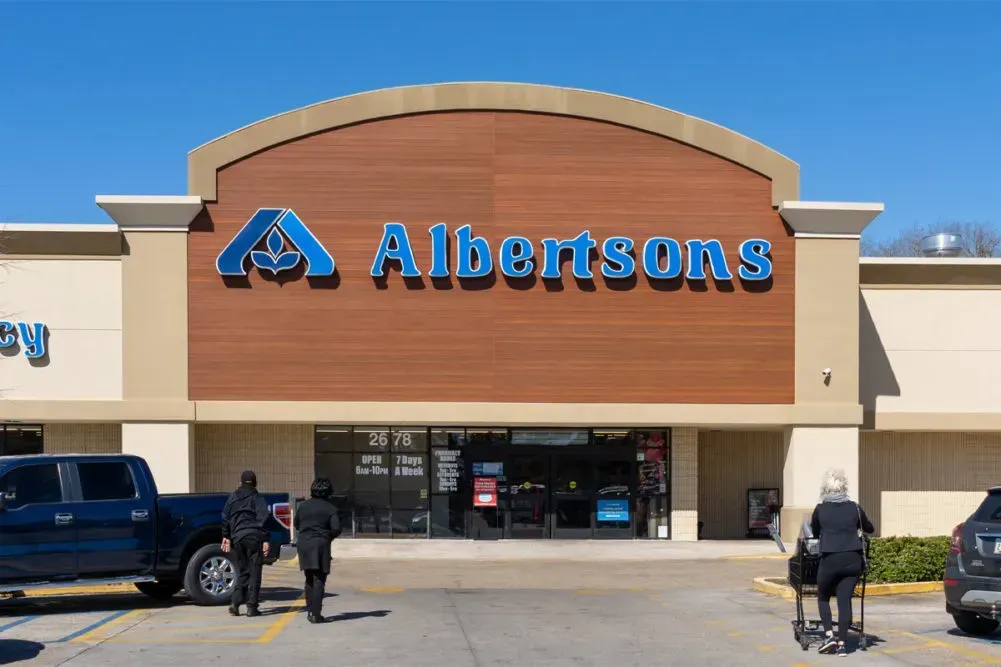By Parag Shah — Co-Founder, Think Blue | Former Wakefern & Ahold USA Executive | Retail Growth Advisor | Cornell Faculty | Board Member | Voice of Authority in Grocery Transformation
Back to Basics: Reinventing the Store by Reclaiming the Shelf
This isn’t a new insight. In fact, it’s something grocery leaders have known for years—space planning isn’t delivering what it used to. It’s not a blind spot. It’s a known friction point. What’s changed is the context. In a post-COVID, post-inflationary environment, we’ve invested heavily in digital transformation—from apps and ecommerce to retail media and personalization engines—while the physical store, where 84% of grocery sales still take place, has lagged in attention, investment, and reinvention.
Over the past several weeks, I’ve had dozens of conversations with merchants, operators, and store leaders across banners and formats. These aren’t theoretical chats. These are real-world reflections from people walking the aisles, navigating tight labor, solving for space constraints, and working every day to make stores function under increasing complexity. And they’ve all pointed to the same root issue: we’ve drifted too far from the basics. The store—the physical environment where the customer experience is shaped—needs a recommitment. Not a reset deck. Not a tech stack. A true re-grounding in what makes grocery work: clarity, simplicity, and service at the shelf.
But that recommitment isn’t just about one discipline. It’s a broader call to action—across merchandising, assortment, private brand storytelling, labor planning, and yes, space strategy. If we want stores to perform, we have to make the store perform—by design.
Why We Must Return to the Basics
Let’s start with what the data tells us. As of 2024, brick-and-mortar stores still account for over 84% of grocery sales in the United States (NIQ Total Store View). That number hasn’t dramatically changed, even with all the digital acceleration. The digital-native shopper is no longer choosing one channel over another. Over 90% of grocery customers are omnichannel—moving seamlessly between online browsing, in-store shopping, and delivery or pickup (FMI U.S. Grocery Shopper Trends 2024). And while digital convenience is powerful, when it comes to discovery, trust, and real-life problem-solving, the physical store still holds the lead.
At the same time, the pressure on that in-store experience has never been higher. According to McKinsey’s 2024 grocery pulse report, 70% of U.S. consumers list rising food prices as their top concern. Households are watching every dollar, balancing time and value more critically than ever, and making decisions faster. Yet what greets them on most store trips is a space that hasn’t kept up. Confusing shelf sets. Over-assorted categories. Poor visibility of innovation. Lack of storytelling around private brands. And a growing disconnect between how merchants plan and how shoppers navigate.
We talk about frictionless retail, but what most shoppers face is shelf friction—caused not by intent, but by inertia. And that inertia isn’t limited to space. It’s present in our promotional calendars, our store labor models, and the way we separate physical and digital thinking.
Space Isn’t a Workflow—It’s a Strategy
What we call space planning today has been reduced to an operational task: build the planogram, execute the reset, move on. But it was never meant to be that. At its best, space planning is the bridge between strategy and shopper. It’s the tool that translates merchant decisions, category strategy, customer insight, and store execution into a single unified story. The problem is that story has gotten cluttered.
A report from McKinsey in early 2024 showed that 62% of grocery shoppers say poor store layout or organization leads them to walk away with smaller baskets. Meanwhile, NielsenIQ’s Innovation Index data from this year reveals that up to 20% of new product sales are lost simply because the product is either shelved incorrectly or placed without visibility. And according to Retail Stat’s Q1 2024 shelf utilization study, nearly half—48%—of total retail space is under-optimized, either through duplication, low-productivity SKU proliferation, or misalignment with current shopper behavior.
These are not margin issues. They are missed experience opportunities. And fixing them doesn’t require more capital—it requires rethinking the discipline itself, alongside a broader refresh of how we treat the store as a commercial and emotional asset.
Macro and Micro: An Existing Language for Store Reinvention
If we want to make physical retail relevant again—not just functionally, but emotionally—we must embrace both macro and micro space planning with renewed rigor.
At the macro level, store layout must evolve from a legacy departmental structure into something that reflects shopper missions. The traditional center store, for example, still dominates footprint despite declining traffic. Meanwhile, growth zones like fresh prepared, global flavors, health-forward options, and inspiration-oriented assortments are boxed in—both literally and figuratively. Store layouts should start reflecting the way people eat, not the way we’ve always shelved.
Why is “Dinner Tonight” a merchandising campaign and not a designated zone on the floor?
Macro isn’t about aesthetics. It’s about emotional navigation. It’s the difference between a shopper wandering and a shopper discovering. And when we allocate space intentionally—when we let growing categories breathe and reframe adjacencies around real missions—the store begins to feel modern, not just stocked.
At the micro level, clarity wins. Today’s shopper doesn’t have the luxury of time or tolerance for complexity. They want confidence in what they’re choosing, a clear sense of value, and an easy way to compare options. Yet most shelf sets are crowded, duplicative, and inconsistent. Price tags compete with packaging. Innovations are hidden on bottom shelves. Private brands get shelved like backups instead of leaders.
This is where micro planning comes in—not as SKU math, but as storytelling. Do our shelves visually guide the customer? Do they highlight what’s new, what’s affordable, what’s best for me? Do they tell the truth of our brand promise? Or do they rely on hope?
From Efficiency to Empathy: A Mindset Shift
Too often, we frame store optimization—space included—as a way to drive operational efficiency. But that’s not the real unlock. The deeper value lies in designing for empathy.
When a shopper walks in with 20 minutes and a tight budget, the shelf can either help them or confuse them. When a new brand enters the market, the shelf either gives it a stage or hides it behind the noise. When store teams are forced to execute impossible plans, the shelf reflects the stress—not the strategy.
The most innovative space planning happening today isn’t only tech-driven. It’s combined with intention driven. It’s coming from retailers who are designing stores around trip missions, not aisles. Who are using app signals and QR codes to connect shelf to phone. Who are empowering store teams to tailor blocking based on community preferences. Who are letting private brands lead, not follow.
And this mindset can—and must—extend to every aspect of the store, from inventory flow to endcap usage to the way promotions are communicated. Because store reinvention is not a department—it’s a culture.
Shared Shelf Ownership: Retailers, Brands, Operators
For this reinvention to be sustainable, it must be collaborative. Retailers can’t do this alone. Brands must stop treating space as real estate and start treating it as shared customer equity. Store teams must be brought into the planning process—not just handed resets from corporate.
The best-performing partnerships I’ve seen recently aren’t based on trade spend or slotting fees. They’re based on co-created space solutions—aligned to growth, grounded in behavior, and built to deliver value on both sides.
And as we expand this lens, store planning becomes an opportunity for aligned execution across merchandising, marketing, and operations.
Final Thought: Back-2-Basics Is the New Strategy
In a world racing toward automation, data, and AI, the real differentiation in grocery will come from who gets the fundamentals right.
We’ve invested in the cloud. We will invest in AI. But right now it’s time to invest in the floor. We’ve personalized the inbox. Now it’s time to personalize the aisle. We’ve scaled digital channels. Now it’s time to scale clarity at the shelf.
Back-2-Basics isn’t a retreat to the past. It’s a return to what works: simpler stores, stronger blocking, clearer value, and space that reflects real human needs. When the shopper wins, the store wins. And when the store feels intuitive, trustworthy, and easy to navigate, everything else follows—basket size, repeat trips, brand equity, and team morale.
The future of grocery stores won’t be defined by the next shiny solution. It will be defined by which retailers had the courage to reinvest in the store, reclaim the shelf, and reimagine how physical retail can once again lead the way.
Data Source References
- NIQ Total Store View (2024) – In-store share of grocery transactions
- FMI U.S. Grocery Shopper Trends (2024) – Dual-channel shopper behavior
- McKinsey & Company: Grocery Pulse (March 2024) – Shopper concerns about inflation and price
- McKinsey U.S. Grocery Report (2024) – Store layout and shopper frustration
- NIQ Innovation Performance Index (2024) – Sales loss from poor shelf placement
- RetailStat Shelf Optimization Study (Q1 2024) – Underutilization of shelf space
- FMI Foodservice in Retail Report (2024) – Sales increase in in-store foodservice
- Morning Consult Grocery Survey (March 2024) – Mobile-assisted shopping and deal-seeking behavior
Disclosure: As a partner of Think Blue I represent 345 Global platform who's mission is to help retailers reinvent Space Planning and deliver personalized shelf sets.









